City and village in 16th – 17th centuries. Feudal relations in the Russian state
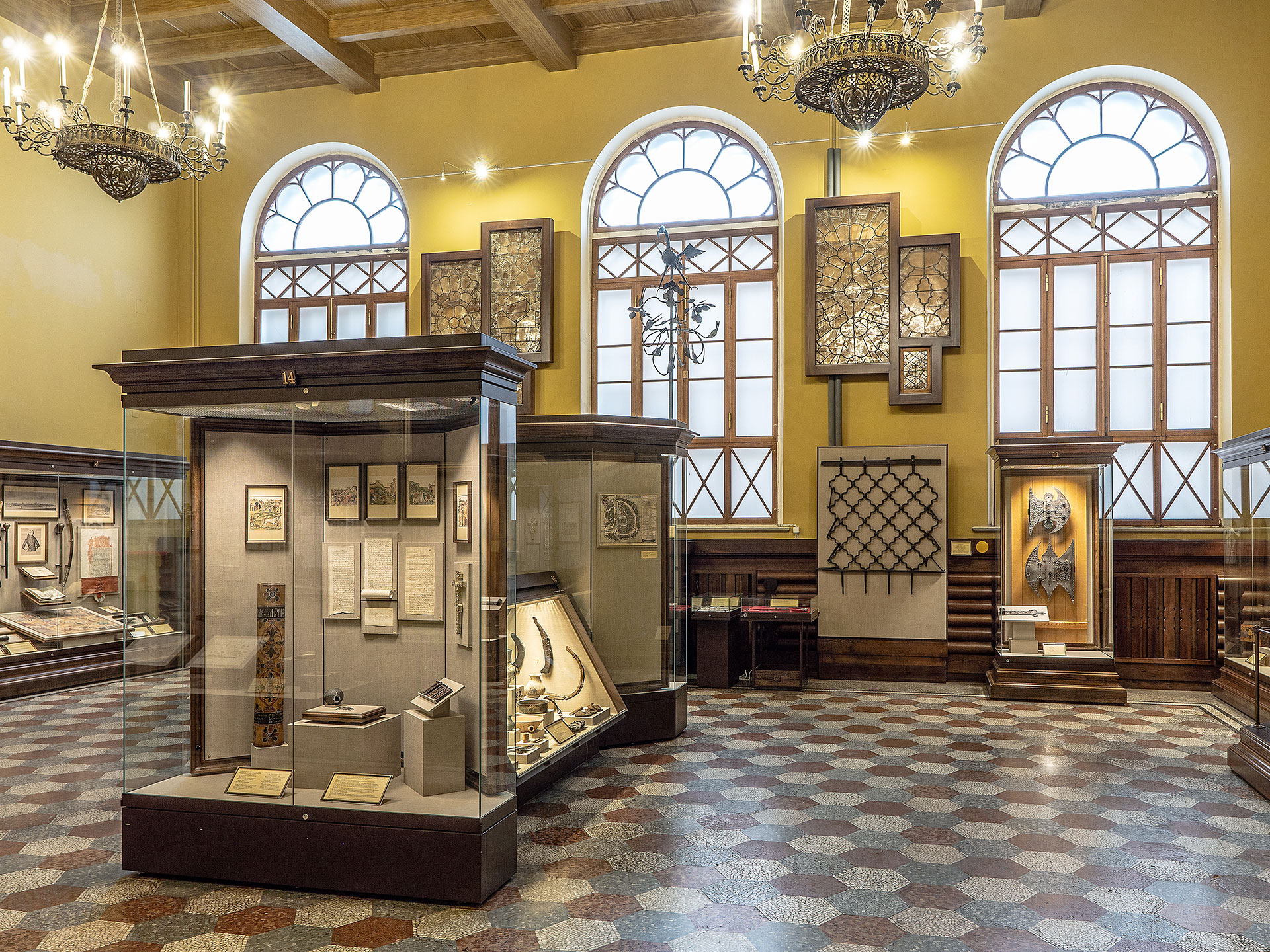
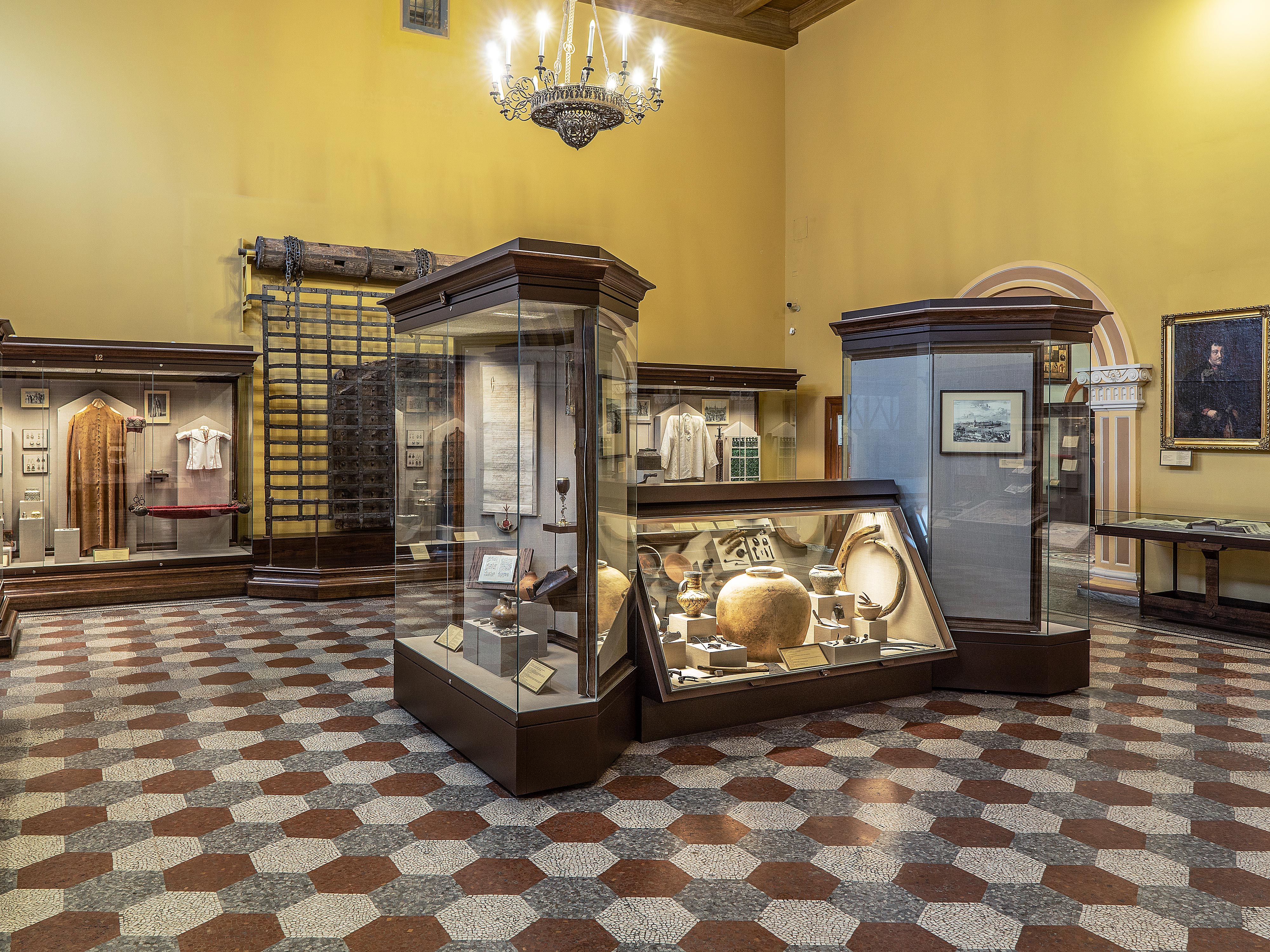

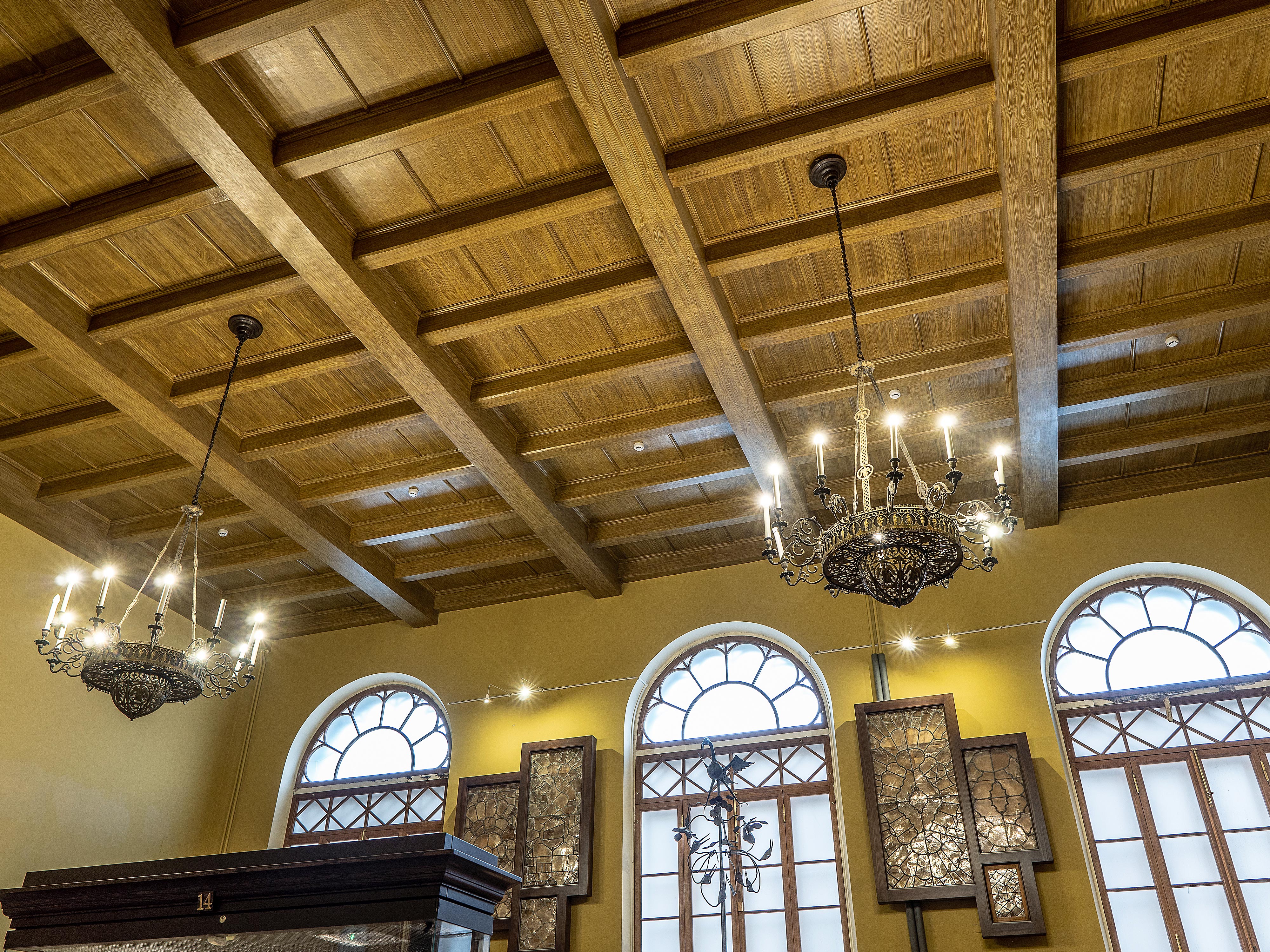
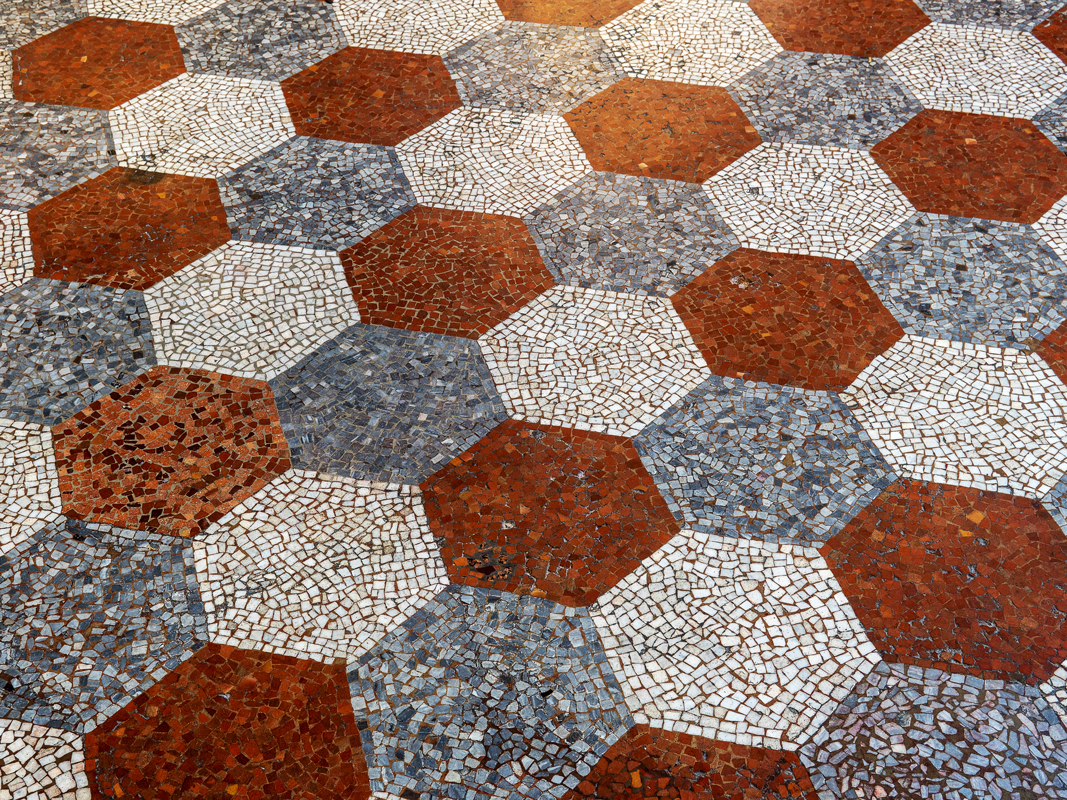
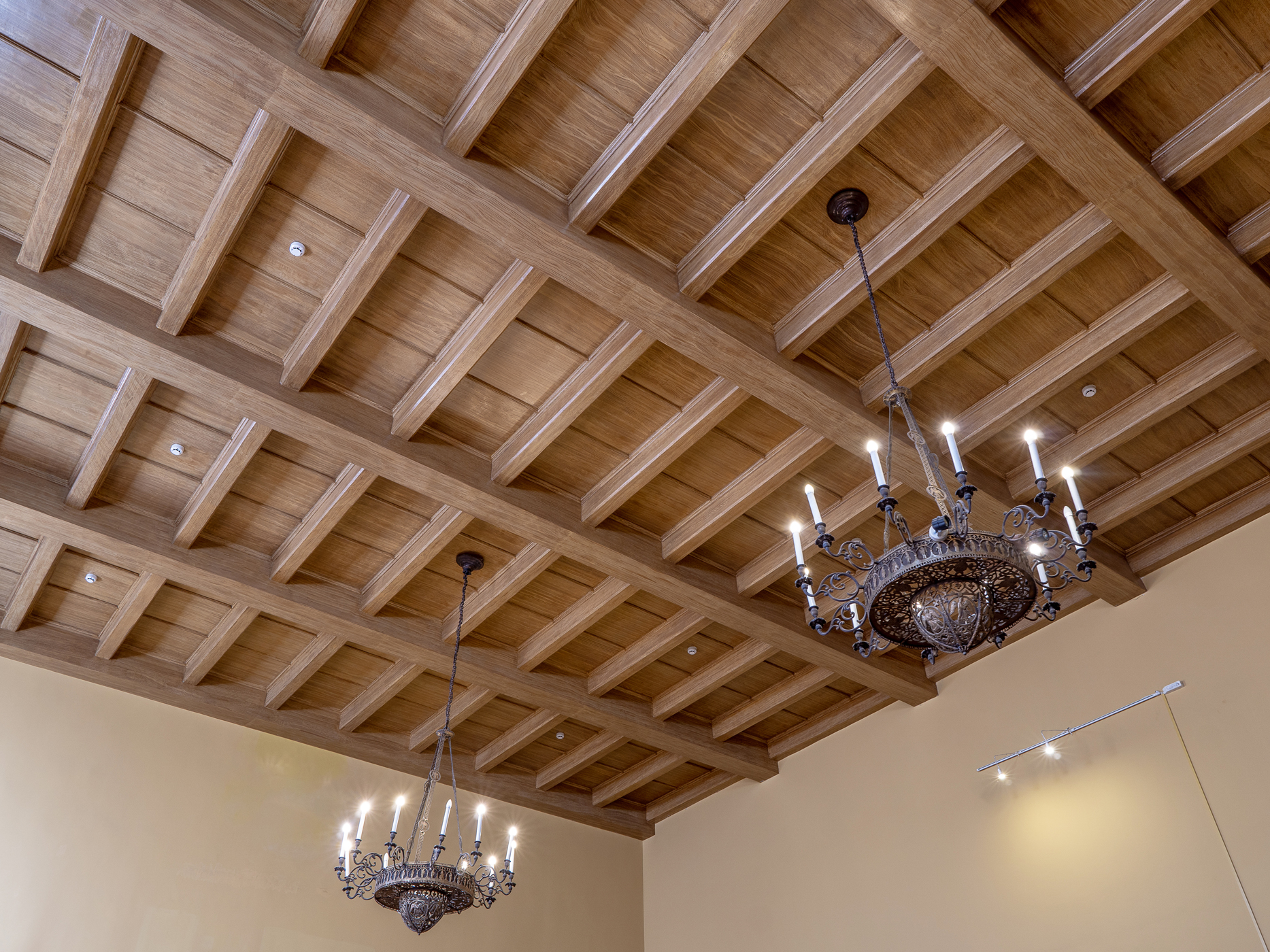
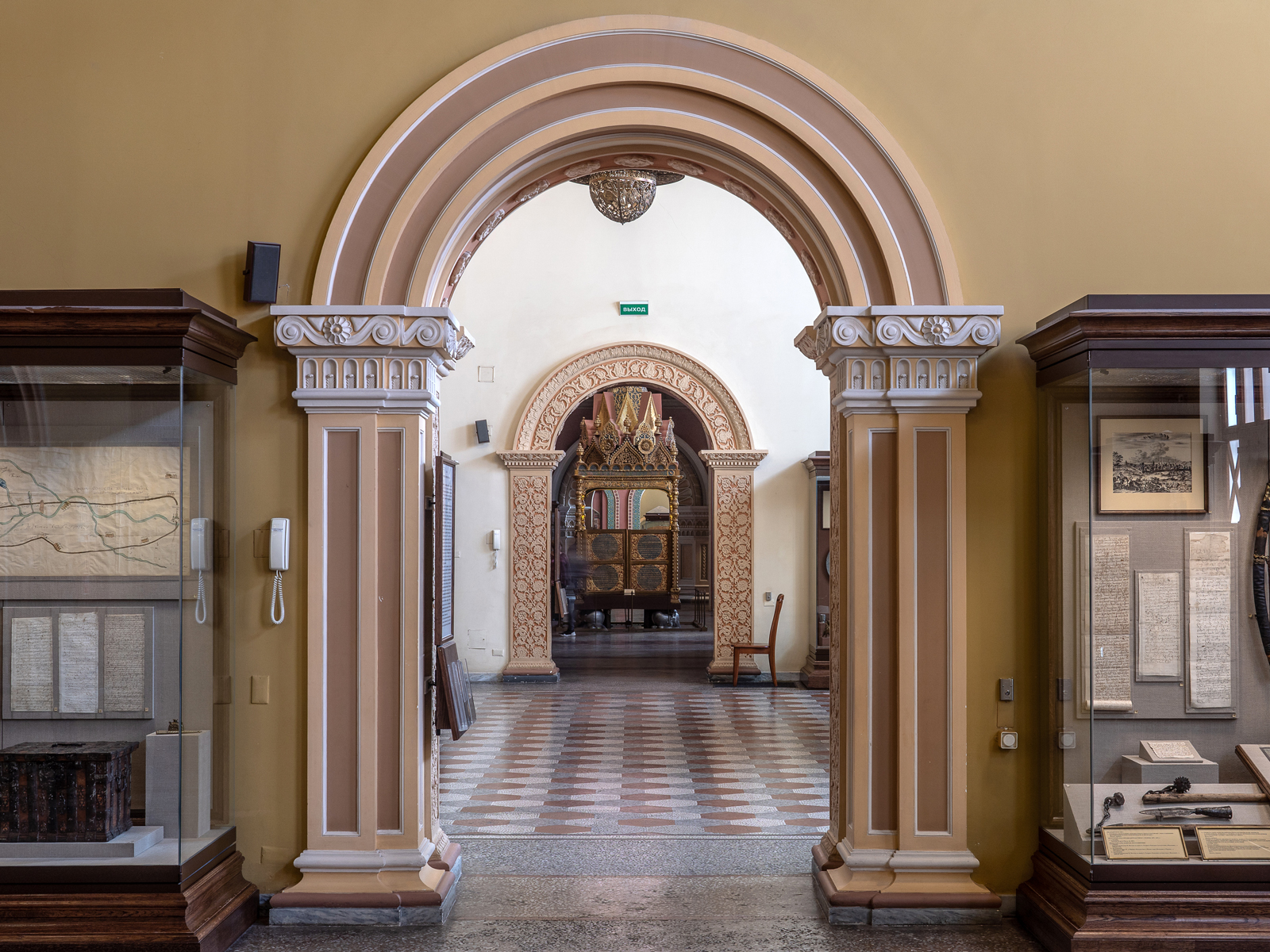
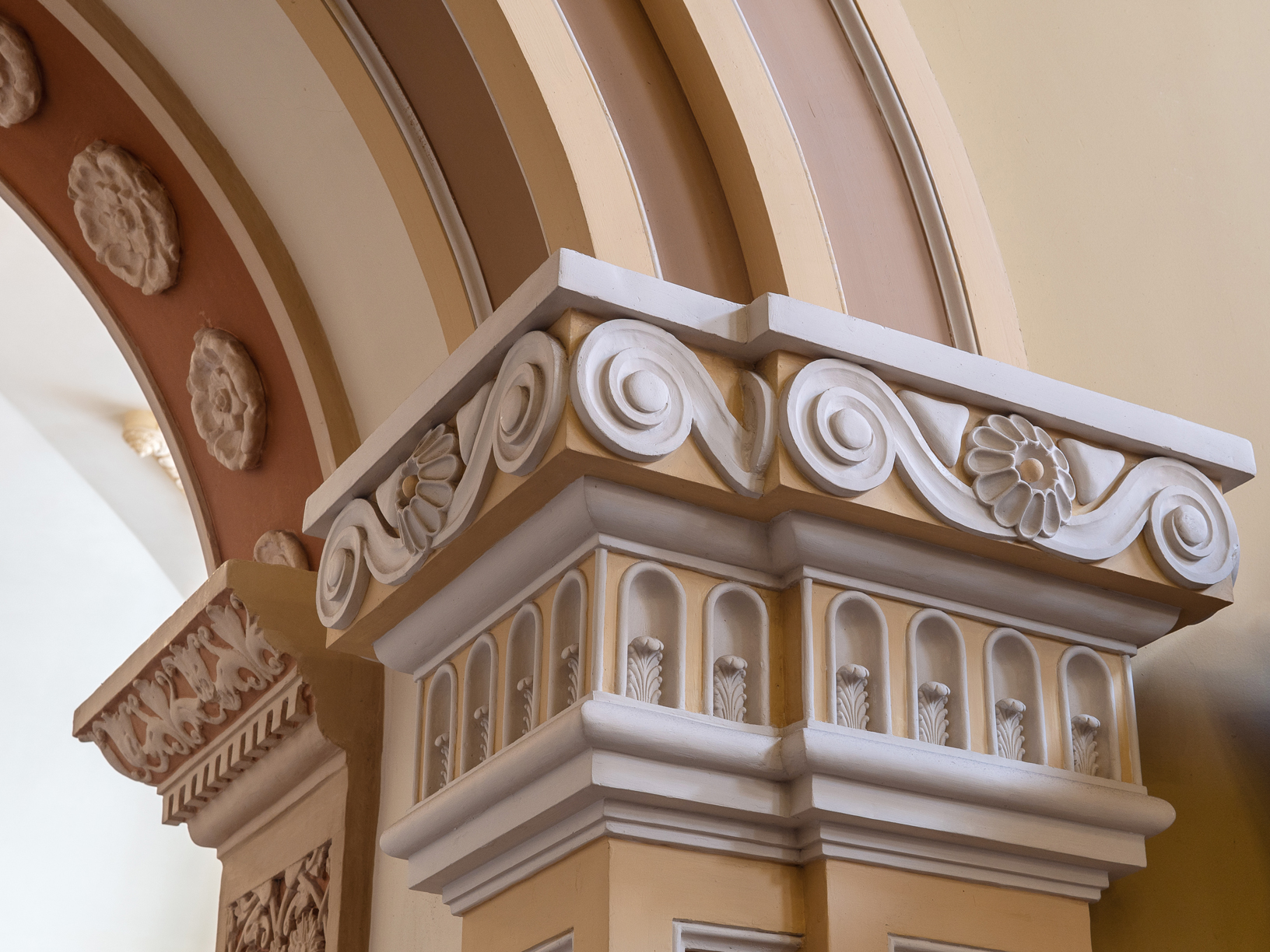
In the middle of XVI–XVII centuries Russia developed as a feudal state. New phenomena in life of the country were improvement of agriculture and crafts, growing importance of cities as centers of production and trade, strengthening of economic ties between individual regions of the country and the formation of a single Russian market. Finally, the consolidation of autocratic authority had caused the need to improve feudal law.
Legal acts and law codes of the XVI–XVII centuries established the monopoly of feudalists for land and peasants, legally secured the position of "taxed" (tax-paying) population of cities, regulated all spheres of life within the state. The actual enslavement of peasants and the establishment of the feudal origin of the state were reflected in the Sudebnik (Judgement book) of 1550, decrees of 1580–1590-ies and the "Sobornoye Ulozhenie" (Statute of the Gathering) of 1649 – the code that remained the basis of law until the first half of the XIX Century.
The development of economy and rapid expansion of the boundaries of the Russian state in XVI–XVII centuries had led to an increase in the number of administrative, judicial, military and trade/craft centres. In the border areas of the South and in Siberia, new fortress cities were built. The XVII Century becomes a heyday for the wealthy Volga trade cities in particular – Astrakhan and Kazan, Yaroslavl and Kostroma and Nizhny Novgorod. Moscow becomes a center emerging all-Russian market
The members of nobility, black and white clergy and serving people lived in the cities. The largest group consisted of the tax-paying population – craftsmen and merchants the ones who carried the burden of state taxes and duties.
In XVI–XVII centuries a considerable part of peasants remained poor. The peasants involved in goods-for-money relationship were engaged in small-scale trade in trading rows and at fairs, that had led to social stratification of the village. Toughening of serfdom stimulated growth of the role of peasants’ community, that acted as a guarantor of the interests of peasants, who protected them from ruin. Through the system of securities and insurance, the community ensured the village's ability to pay taxes.
The growth of tax pressure and ultimate formation of serfdom had led to numerous peoples’ insurrections. In the XVII Century, Russia had experienced large-scale disturbances of the "time of Troubles", urban mass revolts, old believers’ protests and, finally, the uprising under the leadership of Stepan Razin, that engulfed a significant part of European Russia in 1670–1671.
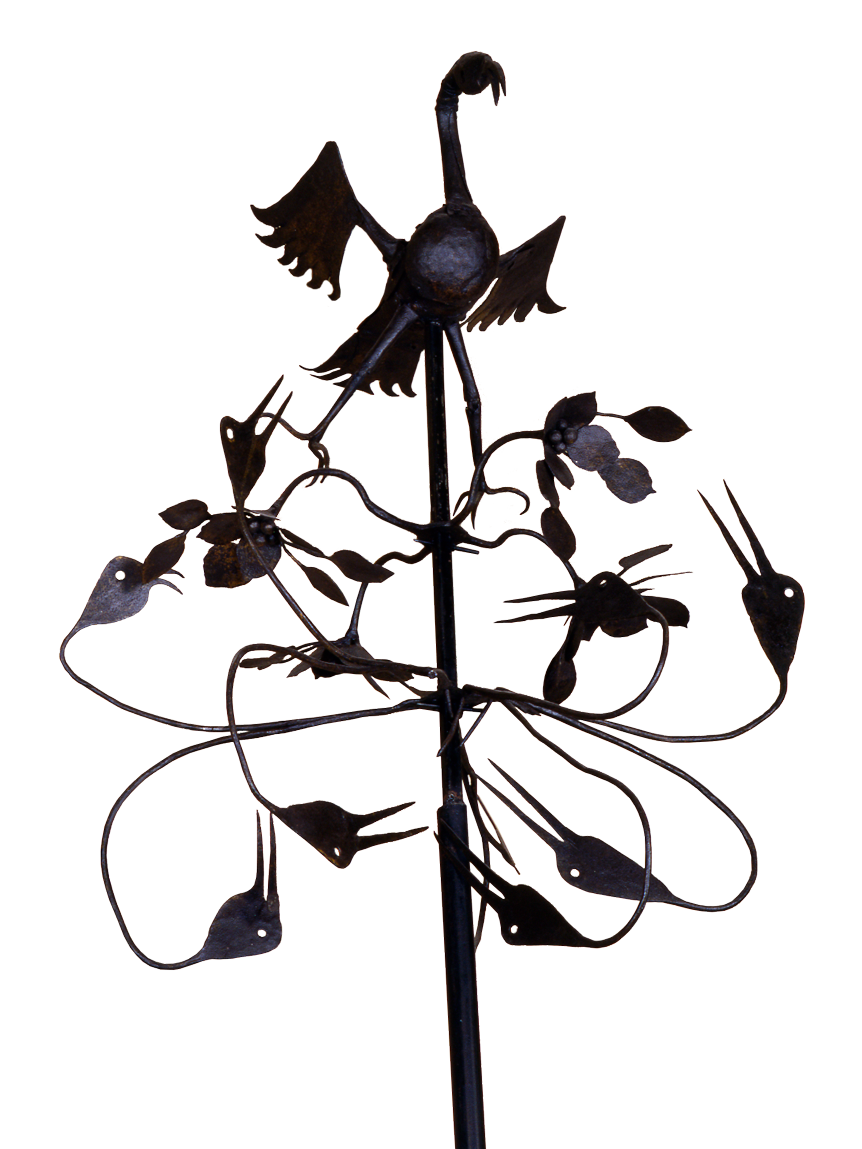
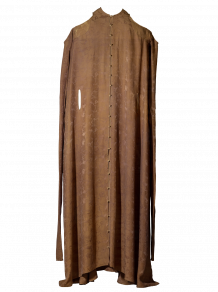
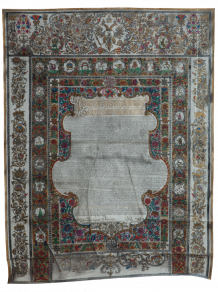
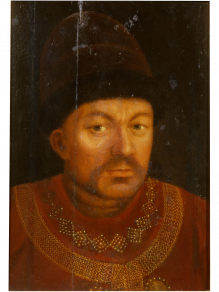
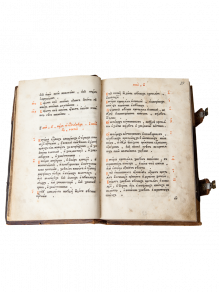
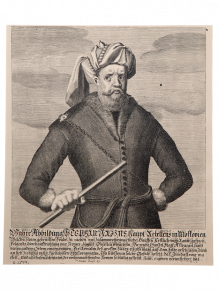
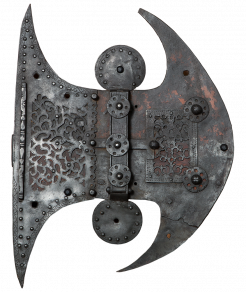

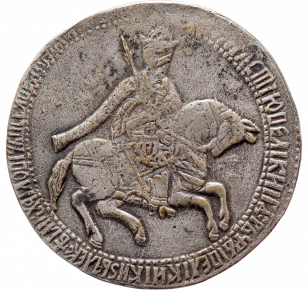
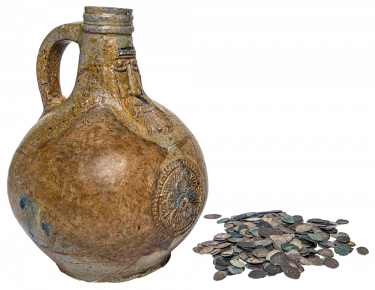
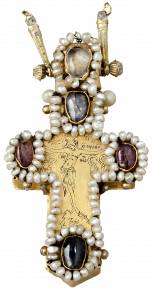
Since the opening of the Museum mosaic floor for a long time remained the only decoration of halls ##15 and 16. Made in the mid-1880s of dark red, white and gray hexagons after floor patterns of the Byzantine churches. The layout of it was made by the architect Alexander P.Popov in 1883 and was approved by the Scientific Commission headed by count Aleksey S.Uvarov. In 1937 were made plaster ceiling and framing of portals according to the project of architect Andrey K.Burov.
The ceiling of the hall imitates the wooden floors typical for Italian architecture of the late XV century. The portals of the hall copy the decorative elements of the portals of the Archangel Cathedral of the Moscow Kremlin. Decoration of this Cathedral combines ancient Russian architecture and architecture of the early Italian Renaissance. According to the architects' idea the design of the hall shall remind of the relations of Russia of the Ivan III era with Italian art culture. Marriage of the Grand Duke of Moscow Ivan III to Sophia Palaeologus, a niece of the last Emperor of Byzantium, who lived before her marriage in Italy, attracted to service in Russia a whole lot of Italian architects, engineers, musicians and craftsmen.




